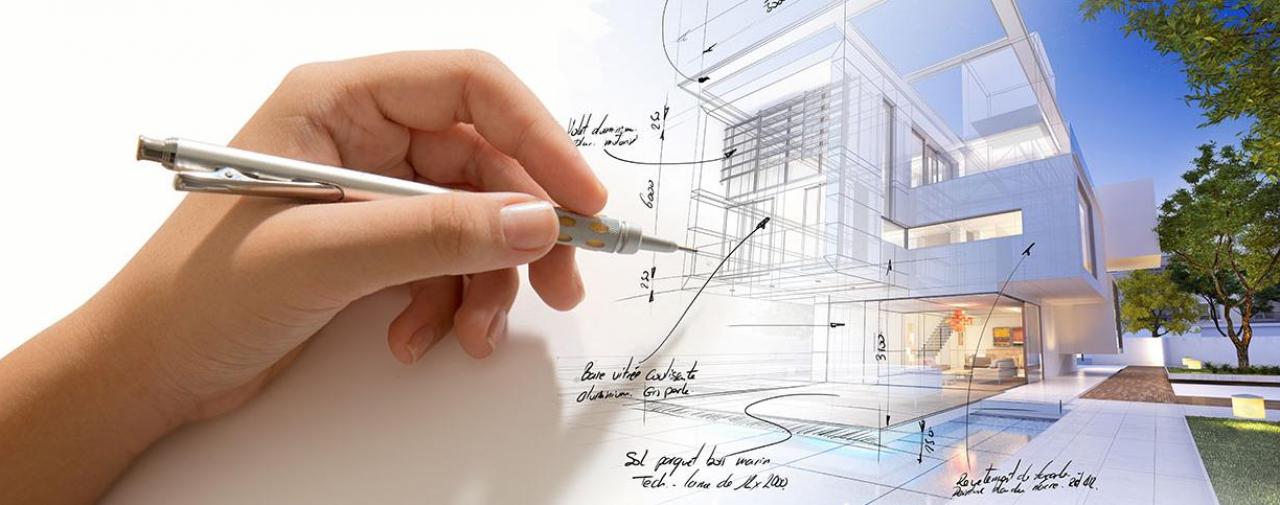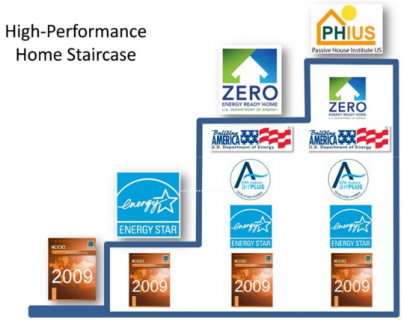- For Professionals
- PHIUS+ Standard
- Case Studies
- Design Guide
- FAQs
- Does Passive Building Cost More to Build ?
- Can Passive Building Scale to Multifamily?
- Are Passive Buildings Resilient?
- Do Passive Buildings Cause Mold?
- What Are the Risks of Passive Building?
- How Long Is The PHIUS+ Certification Process?
- How Much Do Passive House Certifications Differ?
- What About Passive Building HVAC Systems?
PHIUS+ Is Within Reach

PASSIVE BUILDING IS TAKING OFF IN THE COMMERCIAL SECTOR
The release of the climate-specific, cost-optimized PHIUS+ 2015 Passive Building Standard ignited tremendous growth in passive building from coast to coast, with the most significant gains in multifamily housing. PHIUS+ Certified and Pre-Certified projects now total more than 1 million square feet across 1,200 units nationwide.
Developers pursuing certification under the PHIUS+ Standard report a cost premium for passive building methods at approximately 0-3% over a standard Energy Star construction baseline.
In fact, some developers even report a negative cost premium for passive building since the high-performance enclosure means much smaller mechanical equipment, reducing both first-costs and operational expenses for the life of the building.
The PHIUS+ Passive Building Standard is the only passive building standard in the world based on climate-specific comfort and performance criteria. PHIUS+ is an affordable way to assure a durable, resilient, and energy-efficient building wherever it is.
PHIUS standards can be applied to buildings of all types so that they use 86% less energy for heating and 46% less energy for cooling when compared to a code-compliant building (IECC 2009).
PHIUS+ is the next logical step
The PHIUS+ Standard doesn't just exceed the requirements of Energy Star and other US standards and programs; it builds on them. As a result, the US Department of Energy is now promoting PHIUS+ project certification as the highest attainable level of energy efficiency.
Certification of the completed building is contingent upon verified performance and existing building energy metrics.

If you're building to the 2009 IECC, you're ready to step up to Energy Star and IAQ Plus. If you're building to Energy Star and IAQ Plus, you're halfway to Zero Energy Ready Home. If you're doing ZERH, you're close to PHIUS+.
The result is a building that is not just comfortable, healthy, durable, and super energy efficient, but also remarkably resilient in the face of natural disasters and climate change.
Because PHIUS+ buildings use very little energy, they illustrate a significant pathway to energy independence, carbon reduction, and local resilience.
PHIUS+ is a cost-effective path to healthy, comfortable, zero energy, zero carbon, buildings because it focuses on local climate patterns and data. The PHIUS+ certification program requires all projects to be zero energy ready per the guidelines of the DOE Zero Energy Ready Home program (ZERH).
A ZERH building means that the project could go off the grid with a modest onsite renewable energy system. Onsite renewable energy systems can either be incorporated during initial construction or added on at a later date.
Five ways to simplify certification
1/ Submit early:
The typical review queue is six weeks for round one, so plan for it accordingly. We do the best we can to get feedback to you as quickly as possible, but it's not always a snap-of-the-fingers review. Submitting early also makes room to improve the design early in the process, which saves money.
2/ Design thermal bridge-free:
Think about the cost of calculating thermal bridges versus just avoiding them in the design. If thermal bridges exist in the design, not only do you have to fix them, but we have to calculate how much they need to be fixed. If you avoid them in the first place, the design is better, and the process is faster.
3/ Follow the certification guide:
We have tons of defaults and ranges that you can use based on the assemblies that you are designing. These ranges and defaults exist for windows, thermal bridge values, linear heat transfer coefficients and others that you can use to know dial in your project.
4/ Design the 'perfect wall' every time:
The perfect wall places structure to the inside and insulation to the outside—an almost flawless approach. Use buildingscience.com as a resource for guidance on many different assemblies that incorporate perfect wall assemblies.
5/ Follow the moisture design guidelines in the PHIUS+ Certification Guide
The PHIUS team will follow the moisture design guidelines in the certification book, so if you do not meet these criteria, we will either ask you to revise the design, or we will have to run a hygrothermal analysis—which adds extra time, cost, and complexity to the process. Following the design guidelines from the start will speed your process substantially.
